Rainbow stains on stainless steel – they’re the bane of every homeowner’s existence, aren’t they? You scrub, you polish, you buff, and yet, those iridescent streaks stubbornly remain, mocking your cleaning efforts. I know the feeling! It’s frustrating to have what should be a gleaming, modern surface marred by these unsightly blemishes. But don’t despair! This isn’t some modern-day cleaning curse; these stains have likely been around as long as stainless steel itself.
While stainless steel is celebrated for its durability and resistance to corrosion, those beautiful rainbow stains are actually a thin layer of oxidation caused by heat. Think of it like a tiny, shimmering badge of honor earned from cooking delicious meals! But let’s be honest, while the science is interesting, we’d rather have spotless surfaces, right?
That’s why I’m so excited to share this simple, effective DIY trick to banish those rainbow stains on stainless steel for good. You don’t need harsh chemicals or expensive cleaning products. In fact, you probably already have everything you need in your pantry. This hack will not only restore your stainless steel to its former glory but also save you time and money. Ready to say goodbye to those pesky rainbow stains and hello to sparkling stainless steel? Let’s get started!
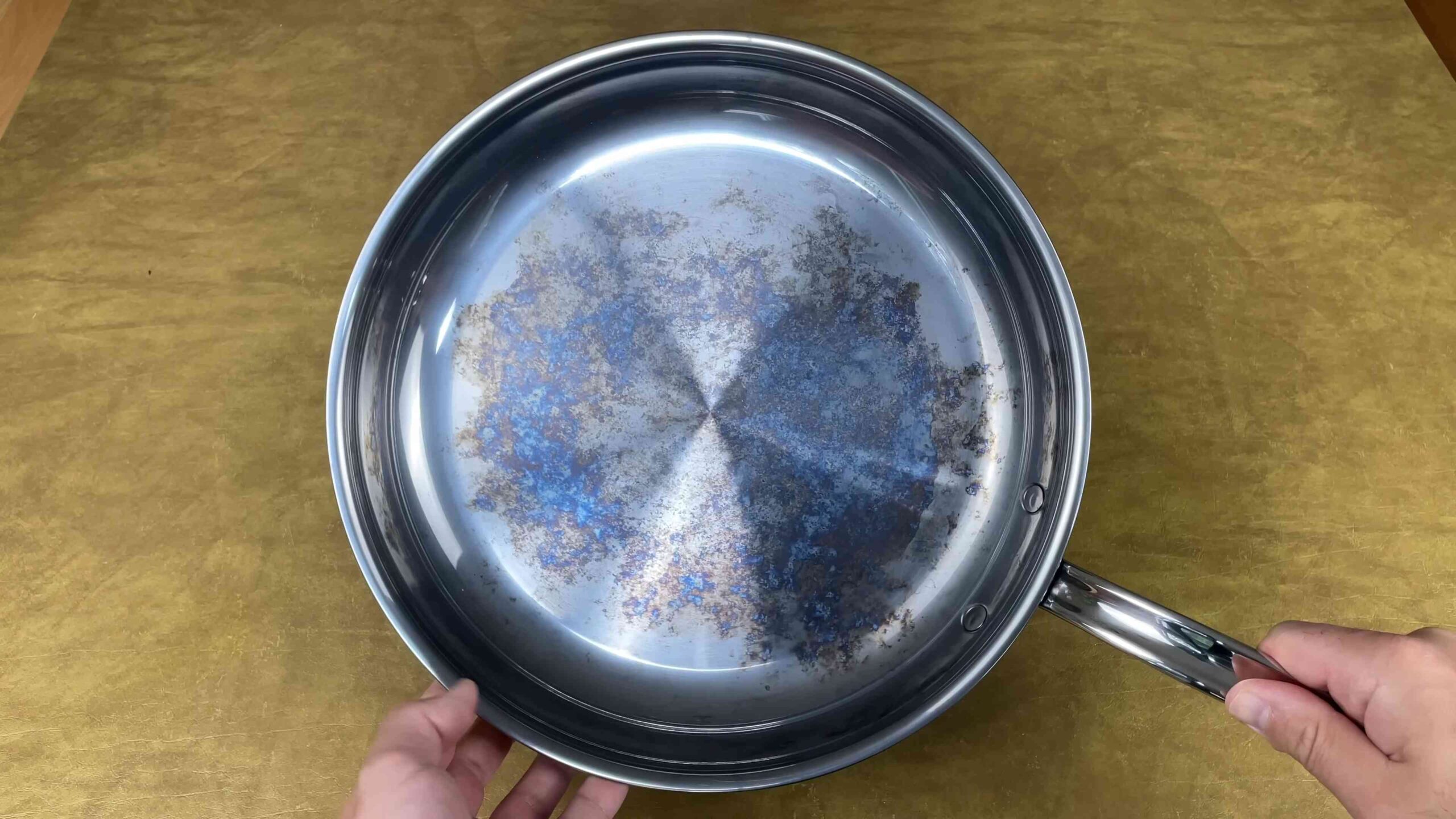
How to Banish Rainbow Stains from Your Stainless Steel (and Keep Them Away!)
Okay, so you’ve got that gorgeous stainless steel appliance, sink, or cookware, and suddenly…rainbow stains! Those iridescent, oil-slick-looking marks are the bane of every stainless steel owner’s existence. Don’t panic! They’re not rust, and they’re usually pretty easy to get rid of. I’m going to walk you through exactly how I tackle these pesky stains and, more importantly, how to prevent them from coming back.
What Causes Rainbow Stains on Stainless Steel?
Before we dive into the cleaning, let’s understand why these stains appear in the first place. It’s all about heat and minerals. When stainless steel is heated, especially with hard water, the minerals in the water (like calcium and magnesium) can deposit on the surface. This creates a thin film that refracts light, causing the rainbow effect. Think of it like a super-thin layer of limescale.
Materials You’ll Need
* White Vinegar (the unsung hero of cleaning!)
* Baking Soda (for a little extra scrubbing power)
* Microfiber Cloths (essential for streak-free shine)
* Spray Bottle (optional, but handy for vinegar application)
* Soft Sponge (for gentle cleaning)
* Distilled Water (for rinsing, especially if you have hard water)
* Stainless Steel Cleaner (for polishing and protection)
* Optional: Bar Keeper’s Friend (for stubborn stains)
* Optional: Rubber Gloves (to protect your hands)
Getting Rid of Those Rainbow Stains: The Step-by-Step Guide
This method is my go-to for removing rainbow stains. It’s gentle, effective, and uses ingredients you probably already have in your pantry.
1. Prepare Your Cleaning Solution: In a spray bottle (or a bowl if you prefer), mix equal parts white vinegar and distilled water. If you’re using a bowl, just dampen your microfiber cloth with the solution. The distilled water is key if you have hard water, as it prevents adding more minerals to the surface.
2. Apply the Vinegar Solution: Generously spray the vinegar solution onto the affected area. Make sure the rainbow stains are thoroughly covered. If you’re using a cloth, wipe down the entire surface with the damp cloth.
3. Let it Sit (the Magic Happens Here!): This is the most important step! Let the vinegar solution sit on the stains for at least 5-10 minutes. The vinegar needs time to break down the mineral deposits. For really stubborn stains, you can let it sit for up to 30 minutes. Just keep an eye on it to make sure it doesn’t dry out completely.
4. Gentle Scrubbing (if Needed): After the soaking time, take a soft sponge or microfiber cloth and gently scrub the stained areas. Don’t use anything abrasive, like steel wool or scouring pads, as they can scratch the stainless steel. If the stains are particularly stubborn, you can sprinkle a little baking soda onto the sponge or cloth for extra scrubbing power. But remember to be gentle!
5. Rinse Thoroughly: Rinse the area thoroughly with distilled water. Make sure to remove all traces of vinegar and baking soda (if you used it). Leftover residue can attract more minerals and lead to future stains.
6. Dry with a Clean Microfiber Cloth: This is crucial for preventing water spots and streaks. Use a clean, dry microfiber cloth to thoroughly dry the entire surface. Wipe in the direction of the grain of the stainless steel for the best results.
7. Polish with Stainless Steel Cleaner (Optional but Recommended): For a truly sparkling finish and added protection, apply a stainless steel cleaner according to the manufacturer’s instructions. This will help to create a protective barrier against future stains and keep your stainless steel looking its best. I like to use a cleaner that also leaves a fingerprint-resistant coating.
Dealing with Stubborn Stains: The Bar Keeper’s Friend Method
Sometimes, those rainbow stains are just extra persistent. If the vinegar and baking soda method doesn’t quite do the trick, it’s time to bring in the big guns: Bar Keeper’s Friend. This stuff is amazing, but it’s also slightly abrasive, so use it with caution.
1. Make a Paste: Mix a small amount of Bar Keeper’s Friend powder with water to form a thin paste. You only need a tiny amount!
2. Apply the Paste: Apply the paste to the stained area using a soft, damp cloth.
3. Gentle Scrubbing (Very Important!): Gently scrub the area in the direction of the grain of the stainless steel. Use very light pressure and avoid scrubbing for too long. You don’t want to scratch the surface.
4. Rinse Thoroughly: Rinse the area thoroughly with distilled water to remove all traces of Bar Keeper’s Friend.
5. Dry with a Clean Microfiber Cloth: Dry the surface immediately with a clean, dry microfiber cloth.
6. Polish with Stainless Steel Cleaner (Essential After Using Bar Keeper’s Friend): Because Bar Keeper’s Friend can strip away the protective coating on stainless steel, it’s essential to polish the surface with a stainless steel cleaner after using it. This will help to restore the shine and provide a barrier against future stains.
Preventing Rainbow Stains: The Key to Long-Lasting Shine
Okay, you’ve banished the rainbow stains. Now, let’s talk about how to keep them from coming back. Prevention is always better than cure!
* Wipe Down After Each Use: This is the single most important thing you can do. After each use, wipe down your stainless steel appliances, sinks, or cookware with a damp microfiber cloth. This will remove any water droplets and prevent mineral deposits from forming.
* Dry Thoroughly: After wiping down, always dry the surface with a clean, dry microfiber cloth. Don’t let water air dry on the stainless steel.
* Use Distilled Water for Rinsing: If you have hard water, consider using distilled water for rinsing your stainless steel. This will prevent mineral deposits from forming in the first place. You can keep a spray bottle of distilled water handy for this purpose.
* Avoid Leaving Water Standing: Don’t let water sit in your stainless steel sink or on your stainless steel appliances for extended periods. The longer the water sits, the more likely it is to leave mineral deposits.
* Regular Cleaning with Vinegar Solution: Once a week, give your stainless steel a quick cleaning with the vinegar solution described above. This will help to prevent mineral buildup and keep your stainless steel looking its best.
* Consider a Water Softener: If you have extremely hard water, you might want to consider installing a water softener for your entire home. This will not only prevent rainbow stains on your stainless steel but also improve the performance of your appliances and reduce soap scum in your bathrooms.
* Use Stainless Steel Cleaner Regularly: Apply a stainless steel cleaner every few weeks to provide a protective barrier against stains and fingerprints.
Specific Tips for Different Stainless Steel Items
* Stainless Steel Sinks: Pay special attention to the bottom of the sink, where water tends to pool. Rinse and dry thoroughly after each use.
* Stainless Steel Appliances: Wipe down your appliances regularly with a damp microfiber cloth to remove fingerprints and smudges. Use a stainless steel cleaner to polish and protect the surface.
* Stainless Steel Cookware: Avoid overheating your stainless steel cookware, as this can cause discoloration. After cooking, wash your cookware immediately with hot, soapy water and dry thoroughly.
A Few Extra Tips and Tricks
* Always wipe in the direction of the grain of the stainless steel. This will help to prevent scratches and streaks.
* Don’t use abrasive cleaners or scouring pads. These can scratch the surface of the stainless steel.
* Test any cleaning solution in an inconspicuous area first. This will help to ensure that it doesn’t damage the stainless steel.
* If you’re not sure what type of stainless steel you have, consult the manufacturer’s instructions.
* Be patient! Removing rainbow stains can sometimes take a little time and effort. But with the right techniques, you can get your stainless steel looking sparkling clean again.
I hope this guide helps you banish those rainbow stains and keep your stainless steel looking its best! Remember, a little prevention goes a long way. Happy cleaning!
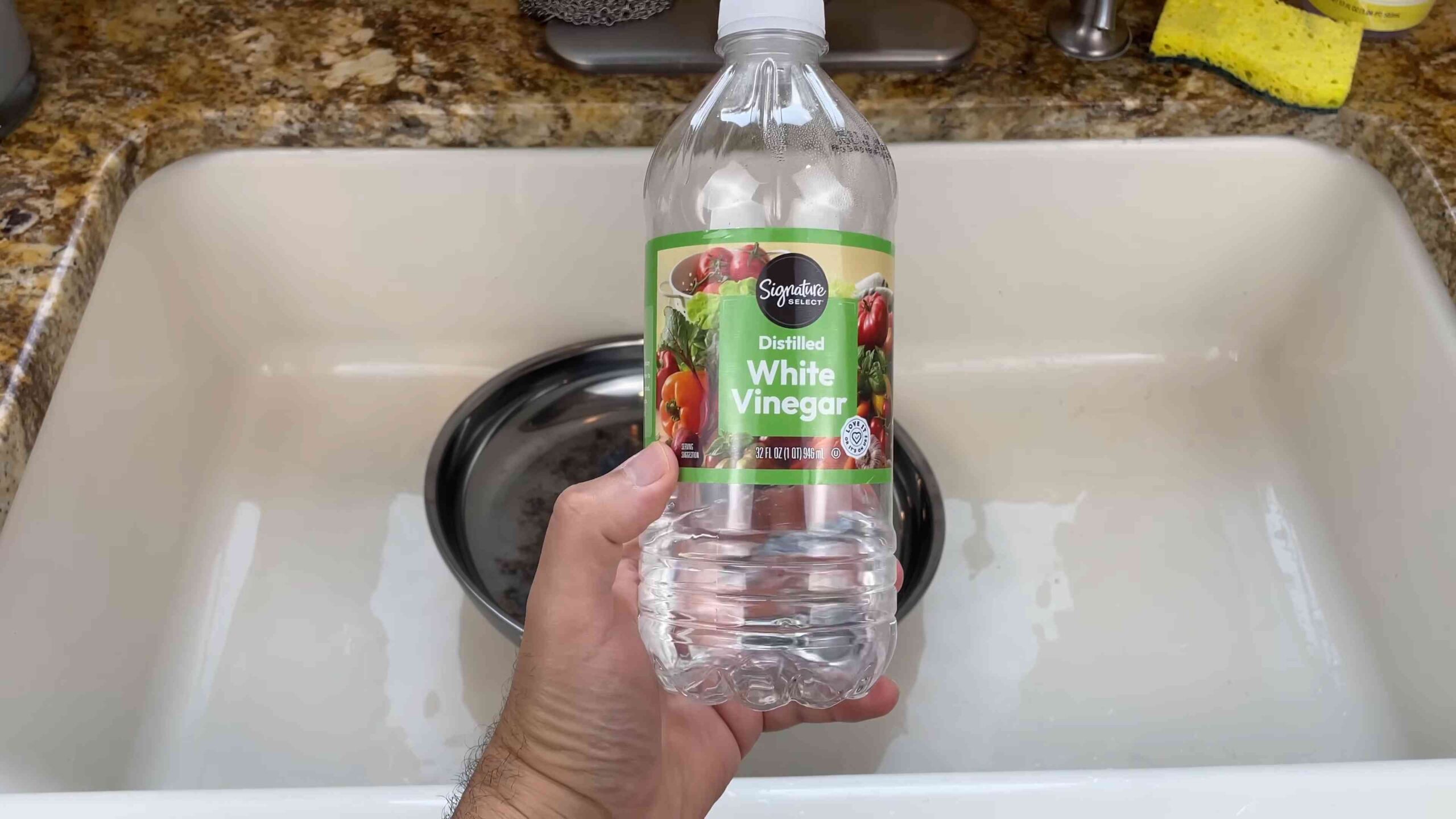
Conclusion
So, there you have it! Banishing those frustrating rainbow stains from your stainless steel surfaces is not only achievable but surprisingly simple with this DIY trick. We’ve walked you through the process, highlighting the science behind the discoloration and providing a cost-effective, readily available solution. Why spend a fortune on specialized stainless steel cleaners when you can achieve sparkling, streak-free results with ingredients you likely already have in your pantry?
This method is a must-try because it’s gentle yet effective. Harsh chemicals can damage the protective layer of your stainless steel appliances and cookware, leading to further corrosion and a dull appearance over time. Our DIY approach, using readily available white vinegar and a gentle abrasive like baking soda, offers a safer and more sustainable alternative. It tackles the mineral deposits and heat tint that cause those unsightly rainbow stains without compromising the integrity of your stainless steel.
Beyond the basic method, feel free to experiment with variations to suit your specific needs. For instance, if you’re dealing with particularly stubborn stains, you can create a paste of baking soda and water and let it sit on the affected area for a few minutes before scrubbing. Alternatively, for larger surfaces like stainless steel refrigerators, consider using a spray bottle filled with diluted white vinegar for easier application. Remember to always test any cleaning solution on an inconspicuous area first to ensure it doesn’t cause any discoloration or damage.
Another variation involves using a microfiber cloth for the final wipe-down. Microfiber cloths are incredibly absorbent and leave a streak-free finish, enhancing the shine of your stainless steel. You can also add a few drops of essential oil, such as lemon or tea tree oil, to your cleaning solution for a pleasant scent and added antibacterial properties. Just be sure to use essential oils sparingly, as some can be corrosive to certain materials.
The beauty of this DIY trick lies in its simplicity and adaptability. It’s a practical solution for maintaining the pristine appearance of your stainless steel appliances and cookware, extending their lifespan and saving you money in the long run. Plus, it’s an environmentally friendly option that reduces your reliance on harsh chemical cleaners.
We are confident that this method will become your go-to solution for tackling rainbow stains on stainless steel. Don’t let those iridescent blemishes detract from the beauty of your kitchen. Take control and restore your stainless steel to its former glory with this simple yet effective DIY trick.
Now, we want to hear from you! Give this DIY method a try and share your experiences in the comments below. Did it work for you? Did you discover any helpful variations? Your feedback will not only help other readers but also contribute to a community of resourceful DIY enthusiasts. Let’s work together to keep our stainless steel sparkling and our kitchens looking their best! We are eager to see your before and after photos and hear your success stories. So, grab your vinegar, baking soda, and a little elbow grease, and get ready to say goodbye to those pesky rainbow stains!
Frequently Asked Questions (FAQs)
What exactly are rainbow stains on stainless steel?
Rainbow stains, also known as heat tint or heat discoloration, are iridescent patches that appear on stainless steel surfaces. They are caused by a thin layer of oxidation that forms when the stainless steel is exposed to high heat or certain chemicals. This oxidation layer refracts light, creating the rainbow-like effect. The thickness of the oxide layer determines the color of the stain, with thinner layers appearing yellow or brown and thicker layers appearing blue or purple.
Why does stainless steel get rainbow stains?
Stainless steel is an alloy containing chromium, which forms a protective layer of chromium oxide on the surface. This layer prevents rust and corrosion. However, when stainless steel is heated, the chromium oxide layer can thicken, leading to the formation of rainbow stains. Certain chemicals, such as chlorine-based cleaners, can also damage the protective layer and contribute to discoloration. Hard water deposits can also contribute to the appearance of stains.
Is it safe to use baking soda on stainless steel?
Yes, baking soda is generally safe to use on stainless steel as long as you use it with a gentle touch. It’s a mild abrasive that can help remove stains and grime without scratching the surface. However, avoid using excessive pressure or scrubbing too vigorously, as this could potentially damage the finish. Always test baking soda on an inconspicuous area first to ensure it doesn’t cause any discoloration or scratching.
Can I use other types of vinegar besides white vinegar?
While white vinegar is the most commonly recommended type for cleaning stainless steel, you can potentially use other types of vinegar, such as apple cider vinegar. However, white vinegar is preferred due to its higher acidity and lack of coloring, which minimizes the risk of staining. If you choose to use apple cider vinegar, dilute it with water and test it on an inconspicuous area first. Avoid using balsamic vinegar, as its dark color could stain the stainless steel.
How often should I clean my stainless steel to prevent rainbow stains?
The frequency of cleaning depends on how often your stainless steel is exposed to heat and chemicals. For frequently used appliances like stovetops and cookware, cleaning them after each use is recommended to prevent the buildup of stains. For less frequently used appliances like refrigerators, cleaning them once a week or every other week should suffice. Regular cleaning not only prevents rainbow stains but also helps maintain the overall appearance and hygiene of your stainless steel surfaces.
What if the rainbow stains are really stubborn and won’t come off?
If the rainbow stains are particularly stubborn, you can try a few different approaches. First, create a paste of baking soda and water and let it sit on the affected area for 15-20 minutes before scrubbing gently. You can also try using a specialized stainless steel cleaner, but be sure to choose one that is non-abrasive and specifically designed for stainless steel. In extreme cases, you may need to consult a professional cleaning service.
Can I use steel wool to remove rainbow stains?
No, you should never use steel wool to clean stainless steel. Steel wool is too abrasive and will scratch the surface, leading to further damage and corrosion. Always use a soft cloth or sponge when cleaning stainless steel.
Will this DIY trick work on all types of stainless steel?
This DIY trick is generally safe for most types of stainless steel. However, it’s always a good idea to test it on an inconspicuous area first, especially if you’re unsure about the type of stainless steel you have. Some types of stainless steel may be more sensitive to certain cleaning agents than others.
How can I prevent rainbow stains from forming in the first place?
Preventing rainbow stains is easier than removing them. Avoid overheating your stainless steel cookware and appliances. Use a lower heat setting when cooking and avoid leaving empty pots and pans on a hot burner. Also, avoid using harsh chemicals, such as chlorine-based cleaners, on your stainless steel surfaces. Wipe up spills and splatters promptly to prevent them from drying and causing stains. Finally, consider using a water softener if you have hard water, as hard water deposits can contribute to the formation of rainbow stains.
Is there a specific direction I should wipe when cleaning stainless steel?
Yes, it’s generally recommended to wipe stainless steel in the direction of the grain. This will help prevent streaks and scratches. Look closely at your stainless steel surface to identify the direction of the grain and wipe accordingly.


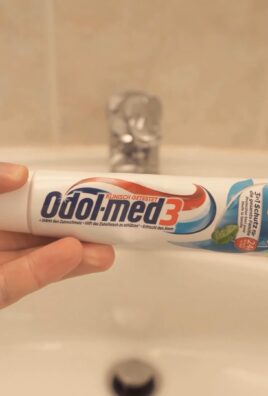
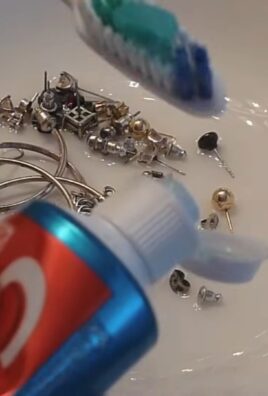
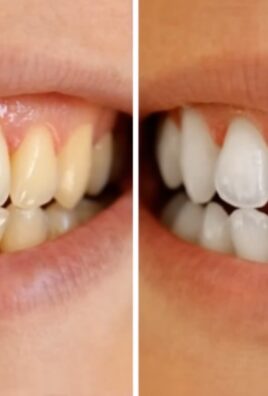
Leave a Comment